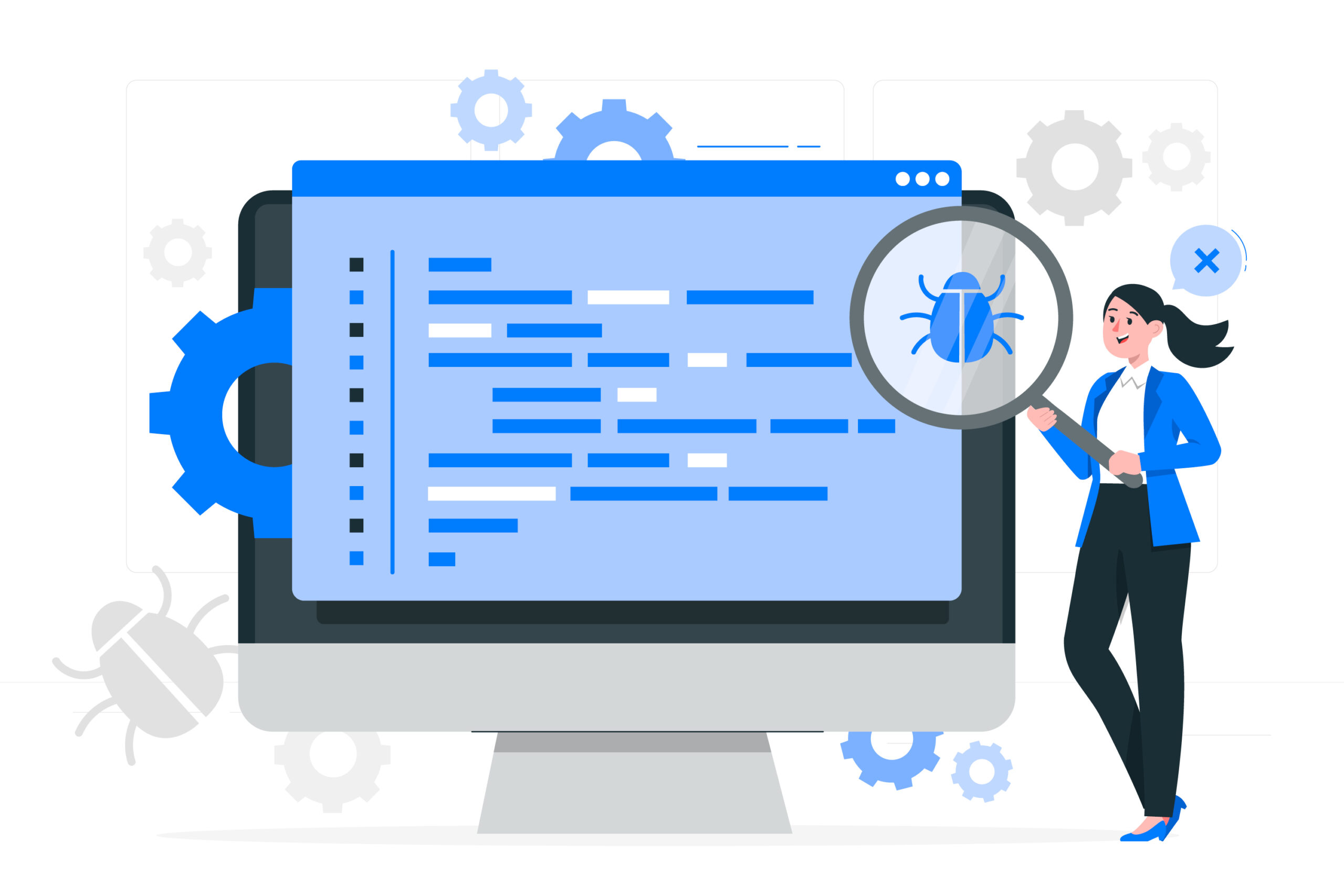The Software Testing Life Cycle (STLC) is a crucial approach to testing a software application that ensures it is free of defects and meets all the requirements. The STLC follows a series of phases, each with specific goals and deliverables, to guarantee that the software is reliable, high-quality, and caters to the end-users needs.
The primary objective of the STLC is to identify and document any defects or issues in the software application as early as possible in the development process. Doing so enables the resolution of problems before releasing the software to the public.
The STLC consists of several stages, including Test Planning, Test Analysis, Test Design, Test Environment Setup, Test Execution, Test Closure, and Defect Retesting. Each stage has unique activities and deliverables that ensure thorough testing and compliance with the end users’ requirements.
In this article, we will explore what a software testing lifecycle is, its essential characteristics, and the typical phases of a software testing lifecycle.
Characteristics of STLC
Software development is a complex process that involves various stages, from planning to deployment. One of the crucial aspects of software development is testing, which ensures that the software meets the customer’s requirements and is free from defects.
Software testing comprises several phases, and the Software Testing Life Cycle (STLC) is an essential part of it.
The STLC process defines the testing phases and the activities that take place during each of the phases. It helps to ensure that the testing is done systematically and that no critical bugs are left undetected.
Let’s take a closer look at the characteristics of STLC:
- STLC is an essential aspect of the Software Development Life Cycle (SDLC), but it only consists of the testing phases.
- STLC commences right after the stakeholders share the software requirement document or define the requirements.
- STLC offers a step-by-step process to ensure the production of high-quality software.
- During the initial stages of STLC, the testing team scrutinizes and defines the scope of testing, entry and exit criteria, and test cases.
- STLC assists in reducing the test cycle time and enhancing product quality.
- Once the development phase is complete, the testing team will be ready with test cases and commence execution, leading to the identification of bugs in the early phase.
What are the Phases of STLC?
The Software Testing Life Cycle (STLC) consists of several phases, including:
- Requirement Analysis
- Test Planning
- Test Case Development
- Test Environment Setup
- Test Execution
- Test Closure
Each phase has unique activities and deliverables that ensure thorough testing and compliance with the end users’ requirements.
The STLC process defines the testing phases and the activities that take place during each of the phases.
It helps to ensure that the testing is done systematically and that no critical bugs are left undetected.
Let’s have a closer look at each of these phases:
1. Requirement Analysis
During the Software Testing Life Cycle (STLC), Requirement Analysis is the first and most crucial step.
In this phase, the quality assurance team strives to gain a comprehensive understanding of what needs to be tested.
If there are any unclear or missing details, the quality assurance team meets with the stakeholders to acquire a better understanding of the requirements.
The Requirement Analysis stage encompasses several activities, including:
- reviewing the software requirements document (SRD) and other related documents interviewing stakeholders to gather additional information
- identifying any ambiguities or inconsistencies in the requirements
- identifying any missing or incomplete requirements
- identifying any potential risks or issues that may impact the testing process
- creating a requirement traceability matrix (RTM) to map requirements to test cases.
By the end of this stage, the testing team should have a clear understanding of the software requirements and should have identified any potential issues that may impact the testing process.
This will help ensure that the testing process is focused on the most important areas of the software and that the testing team can deliver high-quality results.
2. Test Planning
During the software testing life cycle, test planning is the most crucial phase, in which all the testing plans and strategies are defined.
It starts once the requirement-gathering phase is completed and the testing team manager calculates the estimated effort and cost required for the testing work.
The Test Planning phase includes several activities, such as identifying the testing objectives and scope, developing a test strategy, selecting testing methods and techniques, identifying the testing environment and resources, identifying test cases, estimating time and cost, identifying test deliverables and milestones, assigning roles and responsibilities, reviewing and approving the test plan.
By the end of this stage, the testing team should have a clear understanding of the testing objectives, scope, and deliverables. They should also have a detailed plan for the testing activities that will be performed.
This will help ensure the testing process is well-organized, and the testing team can deliver high-quality results.
3. Test Case Development
Once the test planning phase is completed, the testing team moves on to the test case development phase. During this stage, the team prepares detailed test cases and necessary test data for the testing process. The quality assurance team then reviews the test cases.
The following activities take place during the Test Case Development stage:
- Identification of test cases that need to be created
- Writing clear, concise, and easily understandable test cases
- Creating test data and test scenarios required for the test cases
- Defining the expected results for each test case
- Reviewing and validating all test cases
- Updating the requirement traceability matrix (RTM) to map requirements to test cases
By the end of this stage, the testing team should have a comprehensive and accurate set of test cases that provide adequate coverage of the software or application.
This helps ensure a thorough testing process that can identify and address any potential issues before the software is released.
4. Test Environment Setup
Setting up a test environment is a crucial aspect of the Software Testing Life Cycle (STLC). It involves determining the conditions under which software will be tested.
This is a separate activity that can be initiated simultaneously with developing test cases. During this process, neither the testing team nor the developers are involved in creating the testing environment.
Instead, it is either created by the customer or the developer.
5. Test Execution
During the Software Testing Life Cycle (STLC), the test execution phase is when the testing team executes the test cases created during the previous step.
This phase involves running the test cases against the software application to identify defects or issues.
The activities that take place during this phase include:
- setting up the necessary hardware, software, and network configurations for test execution, preparing and loading test data into the system
- executing the test cases and scripts
- logging any defects or issues found during the process
- analyzing the test results
- retesting any defects that were identified to ensure they have been fixed correctly
- documenting and reporting the test results to the relevant stakeholders.
It is important to note that test execution is an iterative process that may need to be repeated multiple times until all identified defects are fixed and the software is deemed fit for release.
6. Test Closure
In the Software Testing Life Cycle (STLC), the test closure stage is the final stage, where all testing-related activities are completed and documented.
Its main objective is to ensure that the software is ready for release by finishing all testing-related activities and documenting them.
During this stage, the testing team should have a clear understanding of the software’s quality and reliability.
Any defects or issues identified during the testing process should have been resolved.
Additionally, the team should document the testing process and any lessons learned to improve future testing processes.
Several activities occur during the test closure stage, including creating a test summary report, tracking defects, cleaning up the test environment, creating a test closure report, sharing knowledge about the software and testing process, collecting feedback, and using it to improve future testing processes.
It’s essential to note that test closure is not just about documenting the testing process.
It’s also about ensuring that all relevant information is shared and lessons learned are captured for future reference.
The ultimate goal of test closure is to ensure that the software is ready for release and that the testing process has been conducted in an efficient and organized manner.
Conclusion
In conclusion, the Software Testing Life Cycle (STLC) is an essential process that ensures software applications are of high quality and free from defects.
The STLC is a step-by-step process that follows several phases, each with specific goals and deliverables, to guarantee thorough testing and compliance with end-user requirements.
By implementing the STLC, organizations can release high-quality software that meets customers’ needs, leading to customer satisfaction and ultimately driving business success.
Therefore, it is crucial to implement the STLC in the software development life cycle to deliver software applications that meet the highest standards of quality and reliability.


